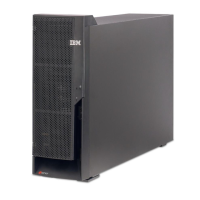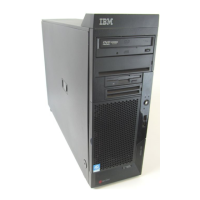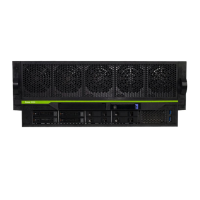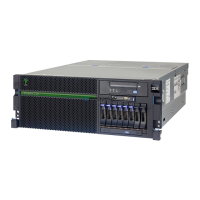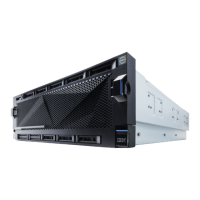i5/OS and OS/400 (5722-SS1): Architecture 523
Draft Document for Review October 18, 2004 5486OpS.fm
each application program. This support ensures database consistency by
preventing conflicting data from being entered into the database.
Column-level security
You can control access to individual table columns for each user. Row-level
locking individual records (such as, records) are locked from simultaneous,
conflicting access as appropriate to the type of processing being done. Using
commitment control, the user can define a group of records all of whose locks
are held until the user application declares a multiple-change transaction
complete.
Two-phase commit transaction management
Data replication
Open Database Connectivity (ODBC) driver for DB2 UDB for iSeries
enhanced with ODBC 3.5 support and support for Microsoft Transaction
Server (MTS)
MTS support enables DB2 UDB for iSeries to participate in transactions
involving two-phase commit coordinated through MTS. ODBC 3.5 support
also delivers support for Unicode.
System-wide database catalog
Multiple-level concurrency control
Multiple-level concurrency control provides read stability, cursor stability,
uncommitted read, repeatable read, and no-commit isolation levels with
row-level locking to support large numbers of users in complex application
scenarios.
Server consolidation
Multiple DB2 UDB database images within a single instance of the operating
system allows for application flexibility and server consolidation. It provides
the ability for a single application to access multiple database instances with
common database names.
SQL enhancements
– A major SQL enhancement is
Identity columns. You can use them to
generate artificial or surrogate key values by telling DB2 to auto-increment
the column value as new rows are inserted into the table.
– Support for unions in a view allows the user to shift some programming
effort into DB2. Instead of forcing the user to remember to combine (union)
all of the required tables, you can create a single SQL view to simplify this
process.
– The SQL procedural language used in the creation of SQL user-defined
table functions (UDTF), UDFs, triggers and stored procedures is also
